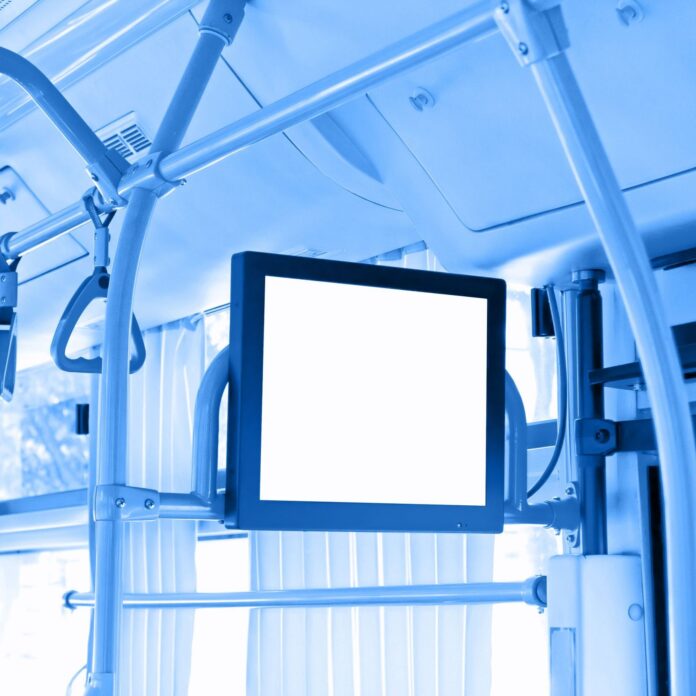For the advertising industry, the smart city may be a better medium than the smartphone
As more urban infrastructure gets connected, city mayors may find advertising executives beating a path to their doors. That’s because the advertising industry has a serious problem – it needs more digital real estate.
Among attendees at the Cannes Lions International Festival of Creativity earlier this month, a frequent refrain was the increasing difficulty of breaking through all the digital noise to capture consumers’ attention. Younger people in particular spend a growing amount of time glued to their smartphones, where they increasingly employ advertising blockers to prevent their limited screen space and limited mobile data allowances being eaten up by commercials. One in five smartphone users, or almost 420 million people worldwide, block advertising when browsing the web on cellphones, according to PageFair, a startup trying to tackle the problem. Although PageFair may be talking up the problem, it is clear many people regard their phone as a highly personal device on which advertising isn’t welcome.
In any case, the sheer volume of digital content and advertising aimed at smartphones is growing exponentially as major brands jostle for consumers’ attention. Some of the world’s biggest advertisers have been pumping out commercials at a rapid rate in the hope of breaking through the noise.
“In our quest for dynamic, real-time marketing in the digital age, we were producing thousands of new ads a year,” Marc Pritchard, chief brand officer of P&G, told the Cannes Lions festival. “The world is getting louder and more complex, and were simply adding to the noise.” Pritchard said P&G is now changing tack, raising the creative bar and prioritizing quality over quantity.
The best medium for brand building?
At the same time, advertisers are increasingly aware that smartphones aren’t well suited to brand building – the traditional domain of television advertising. Although so-called millennials (people who became adults around 2000) watch less TV than previous generations and rarely read newspapers and magazines, they do wait at bus stops, get stuck in traffic jams and pass through railway stations, making billboards a key channel for brands looking to reach this generation.
Today, “out-of-home” advertising (essentially billboards) attracts 6.5% of all advertising globally (in dollar terms), generating about $33 billion per year, according to research by Magna Global. This segment of the ad market is growing about 3% to 4% per year, which is much slower than the double-digit growth in digital advertising, but faster than TV and radio (see graphic).

That growth could soon accelerate. In many respects, the billboard represents a good compromise between the interests of consumers and brands – it is highly visible, but it doesn’t intrude on your personal space. You don’t have to look at it.
Moreover, the growing number of connected digital screens and smart city sensors mean billboards no longer have to be blunt instruments. Indeed, they can be precision tools. Screen space can be bought and sold at auctions based on real-time data showing how many people are in the vicinity, how many of these people are standing still and their demographic profiles. City administrations and transport operators could capture this data either by working with cellular service providers or by mining usage of transport apps and “footfall” data captured by roadside sensors and cameras.
Ideally, consumers should be able to opt to share personal information in return for rewards. At the Cannes festival, ad tech firm xAd touted an app that tracked attendees’ locations in return for a chance to win a free dessert or $5,000. Festival goers could also use the app to see the locations with the highest footfall in real time, flagging the most popular events and exhibits. Municipalities could use similar solutions to incentivize citizens to selectively share their location.
In essence, advertisers need to be aware that the smartphone is not the only screen and it is not the only sensor. As they install connected devices to support smart city solutions, such as traffic management, public information systems and crowd management, municipalities should consider how they can use the same infrastructure to serve the advertising industry. Smart billboards delivering targeted and timely advertising could generate significant revenues for city administrations and transport operators, while also helping the advertising industry rediscover its mojo. If the mood in Cannes is anything to go by, the humble billboard has a bright future ahead of it.

